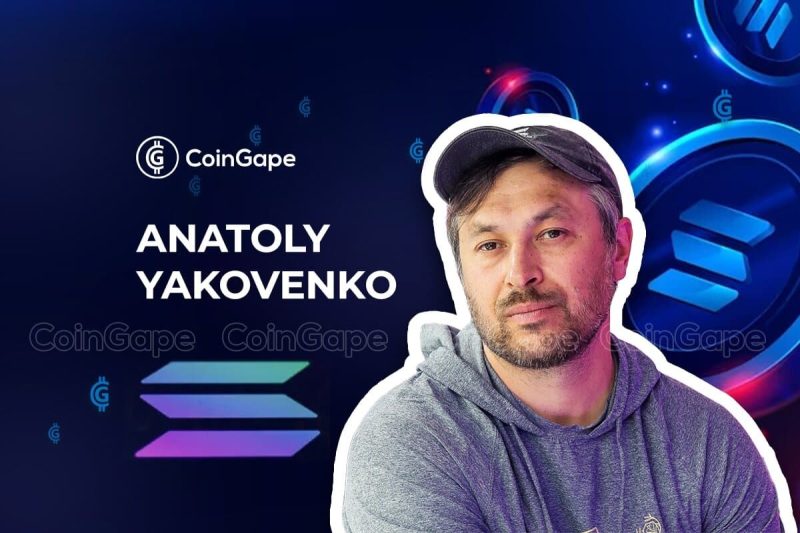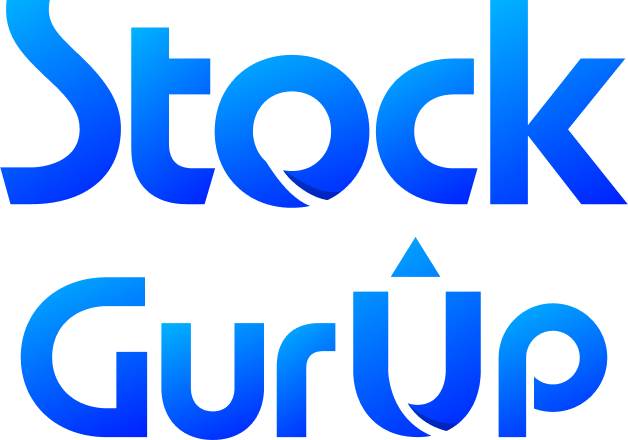
Solana’s Co-Founder Questions Ethereum Utility Without Base Layer 2
In a recent discussion, Solana’s co-founder, Anatoly Yakovenko, raised questions about the vitality of the Ethereum ecosystem without the contributions from Base, a Layer 2 solution. This query comes amidst observing the metrics of growth shown by Base, particularly in user activities and transaction volumes.
Rapid Growth In Base Layer 2 Solutions
Base has seen an exceptional increase in key activity metrics such as Active Addresses, Transaction Count, and Throughput, all achieving new peaks recently. This growth trajectory is also mirrored in its Stablecoin Market Cap and Total Value Locked (TVL), which are reported at all-time highs.
Base Layer 2 integration with Coinbase’s existing large user base is seen as a significant factor driving its demand and subsequent rise in these metrics.
Additionally, the surge in Base’s activity is attributed partly to the popularity of meme coins within its ecosystem, notably MOG and BRETT. These coins have ascended into the top 100 cryptocurrencies by market cap and are nearing their peaks.
According to DefiLlama reports, Aerodrome Finance has played a significant role in the surge of Base’s Total Value Locked (TVL), with memecoin trading as a key driver. The platform has contributed to $1.36 billion TVL on Base Layer 2, making it a substantial force behind the rapid growth.
Following the impressive performance by Base Layer 2, Anatoly Yakovenko commented,
“So basically without Base, Ethereum ecosystem would be dead in the water right now.”
However, on-chain economist Lily Liu highlights a potential issue with how the visualization groups active addresses, suggesting it could be misleading. According to Liu, Solana reports significantly higher monthly active addresses, about 100 million, more than four times the 22 million reported by Base. This substantial difference shows that the grouping used in the visualization is not an accurate representation of the ecosystem’s activity levels.
Liu proposes a more precise method of presenting this data would be to use a single bar chart with EVM and non-EVM bars shaded differently. This would allow for a clearer distinction and more accurate comparison.
Additionally, the claim that “Base and Solana” have the highest monthly active addresses overlooks that the NEAR Protocol has 31 million MAA, outpacing Base. Liu highlighted,
“The headline should therefore read, …Solana and Near as the most active.”
Source: State of Solana Report
Impact on Ethereum Market Position
Conversely, Ether has faced challenges since its Dencun upgrade, marked by an inflationary supply and declining revenues. In contrast, Base Layer 2 rise has been conspicuous, capturing a notable share of transactions and revenues. This has positioned it as a leading contender among Ethereum’s Layer 2 solutions.
The divergence in performance between Ethereum and Base highlights the evolving dynamics within the blockchain ecosystem. Layer 2 solutions are becoming ecosystems in their own right with distinct communities and economic activities.
At press time, ETH price is $2,678, showing a slight 7-day increase of 2%. The 24-hour trading volume surged by 68% to $19.68B showing heightened trading activity and investor interest.
Moreover, most recently, Anatoly Yakovenko shed light on the differences between Solana and ETH. Despite its technological advantages, Solana has not gained the same institutional attention as Ether. He pointed out that the contrasting scaling methods of the two platforms might impact institutional interest. Solana emphasizes hardware scaling, while Ethereum focuses on software solutions.
The post Solana’s Co-Founder Questions Ethereum Utility Without Base Layer 2 appeared first on CoinGape.
